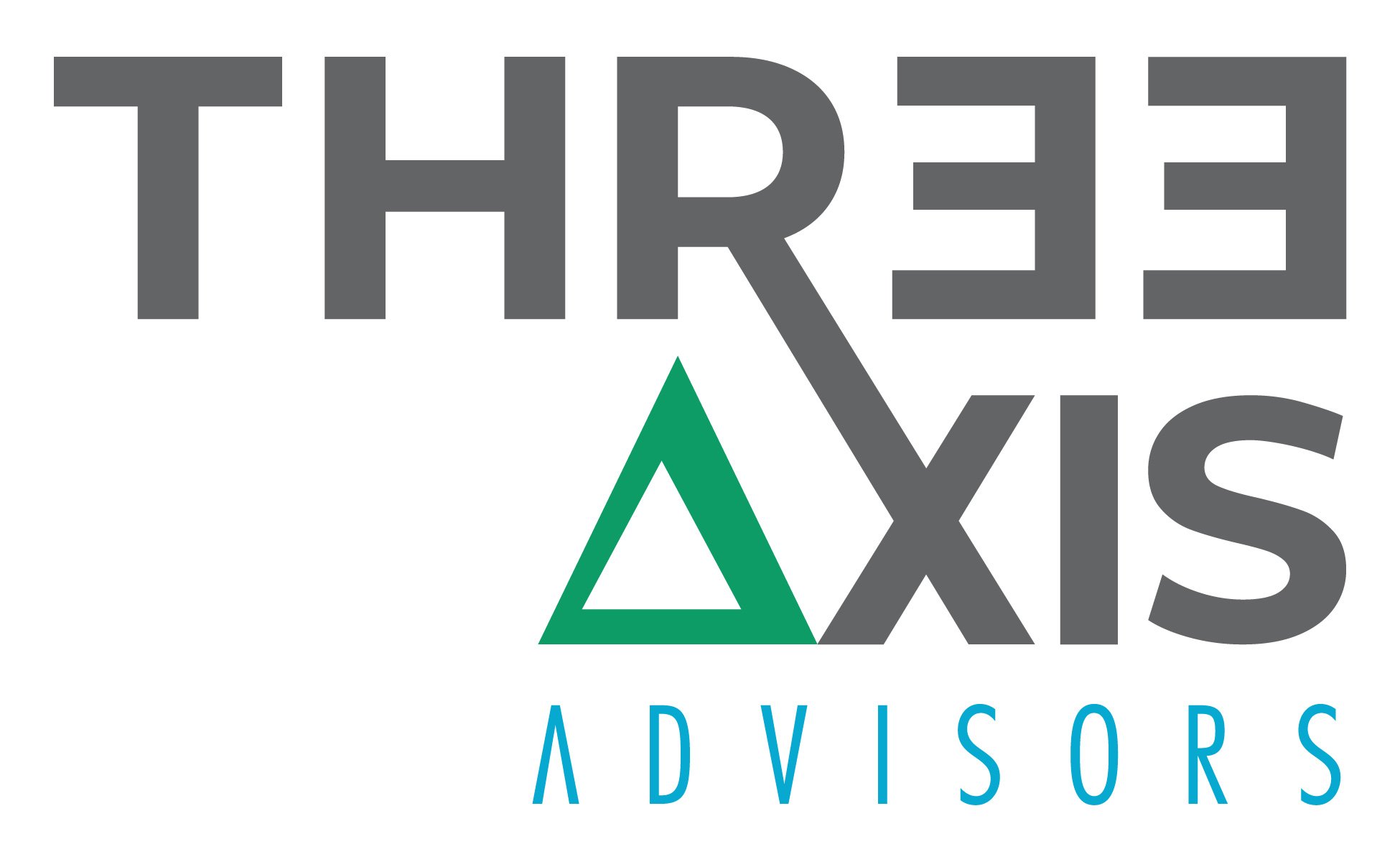Drug pricing is complicated, and as lawmakers and consumers lament the rising costs of medicines, often overlooked in the discourse is the impact of the growing disconnect that exists between the list prices of medicines and the net prices of those drugs after all drugmaker concessions are accounted for. Further complicating matters is the degree with which those concessions are – or more importantly, aren’t – being reflected in the prices paid patients and plan sponsors. In this study, we used the publicly available Federal Supply Schedule (FSS) pricing data to develop a net drug price estimate for brand pharmaceuticals in the U.S. We then analyzed our estimate to known net drug prices and found that our estimate produced similar results to the stated net price by the manufacturer. While other researchers and organizations have developed estimates of net prices based on a “top-down” approach by exploring drug manufacturer financial statements and sales data, our methods may be best described as “bottom-up,” as they are developed for individual products based upon the public FSS data.
Read MoreOregonians, like many Americans, currently experience hardships due to high healthcare costs. A 2021 survey of Oregon adult residents found that 55% encountered cost-related barriers to getting healthcare, including cutting medication in half, skipping doses, or not filling a prescription due to cost. It is well documented that the United States spends enormous sums on healthcare. And while the common perception may be that “you get what you pay for” in regard to health outcomes, the data does not support that perception with regards to U.S. healthcare. The reasons for the low performance are undoubtedly multi-factorial, but an area of increasing interest is disparities of care, which arise based on social characteristics of a population. Indeed, one of the primary goals of the Centers for Disease Control and Prevention (CDC) is to achieve health equity by eliminating health disparities and achieving optimal health for all Americans.
While prescription drugs represent just one component of healthcare costs and utilization, they provide one of the most transparent ways to contextualize potential healthcare inequality. This is because the reimbursement structure of prescription drugs is inherently unequal. There are more than a dozen pricing benchmarks that could be utilized from a typical drug reference file to determine a drug’s price. Such benchmarks might be “objective” in that they could be sourced from a drug reference file directly, but rarely does that objectivity translate into a consistent price at the pharmacy counter for any particular drug. The options for how to pay for drugs become nearly limitless when you consider that each payer for prescription drugs potentially pays for the same product and service in a different way despite the same reliance on the same pricing benchmarks. When there are many prices for a product, there is effectively no price for that product.
The disparities in pharmacy pricing and the inequality of payment experienced across provider types resulted in 3 Axis Advisors being commissioned by the Oregon State Pharmacy Association (OSPA) to review reimbursement trends between payers and retail pharmacies between 2019 and 2021. The primary request was to identify if there may be the existence of differential pricing in payment or PBM-to-pharmacy spread pricing among Oregon Medicaid retail pharmacy networks, which could compromise the sustainability of some providers and create barriers to care for many Oregonians.
We ended up uncovering so much more.
Read MoreMillions of America’s elderly rely on the Medicare Part D program to afford prescription medications. Because adherence to prescription medications is a primary determinant of treatment success, Medicare Part D represents one of the most critical programs to the overall health of the elderly in this country. However, despite the availability of a prescription drug benefit, many Medicare beneficiaries still struggle to afford prescription drugs. The Centers for Medicare and Medicaid Services (CMS) reports a growing disparity between gross Part D drug costs, calculated based on costs of drugs at the pharmacy counter, and net Part D drug costs, which account for all Direct and Indirect Remuneration (DIR). The growing divergence between gross and net spending in Medicare Part D has significant implications for the Part D program. This is because the majority of a Medicare enrollee’s cost share is determined from gross, and not net, drug spending. Medicare is not the first program to struggle with prescription drug costs. Medicaid, another federal program overseen by CMS, has adopted a relatively new model for paying for prescription drugs – one that aligns program costs to surveyed benchmarks meant to approximate the prices paid by pharmacies to purchase medications. The most common benchmark utilized by state Medicaid programs is National Average Drug Acquisition Cost (NADAC), which is typically used as the basis for both the state’s cost exposure and the pharmacy’s reimbursement for the drug’s ingredient cost. Because NADAC is meant to cover just the cost of the drug itself, it is then coupled with a professional dispensing fee that is meant to cover the cost of the service and overhead incurred by pharmacy providers. Amidst growing complaints from providers and patients regarding the inflated and unpredictable prices for prescription drugs within the program, 3 Axis Advisors explored how application of the bedrock of Medicaid’s drug pricing design into Medicare might alleviate ballooning costs within the program.
Read MoreIn February 2022, Frier Levitt, a national boutique law firm focused exclusively on healthcare and life sciences, and the Community Oncology Alliance, a non-profit organization dedicated to advocating for community oncology practices and the patients they serve, released an extensive deep-dive into practices employed by large pharmacy benefit managers (PBMs) that can exacerbate high drug prices, restrict patient choice, create inequitable treatment among providers, and create numerous market distortions that can cause plan sponsors and patients to overpay for their medicines. 3 Axis Advisors supported the study through the creation of infographics derived from our prior analyses of millions of prescription drug claims across multiple states.
Read More



